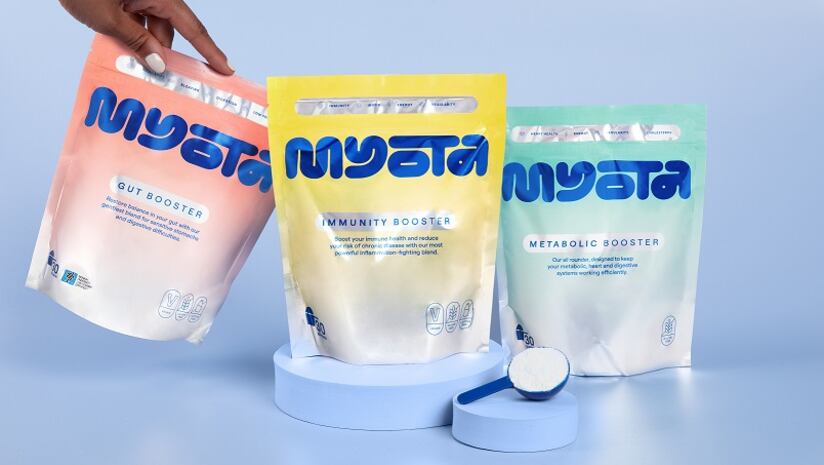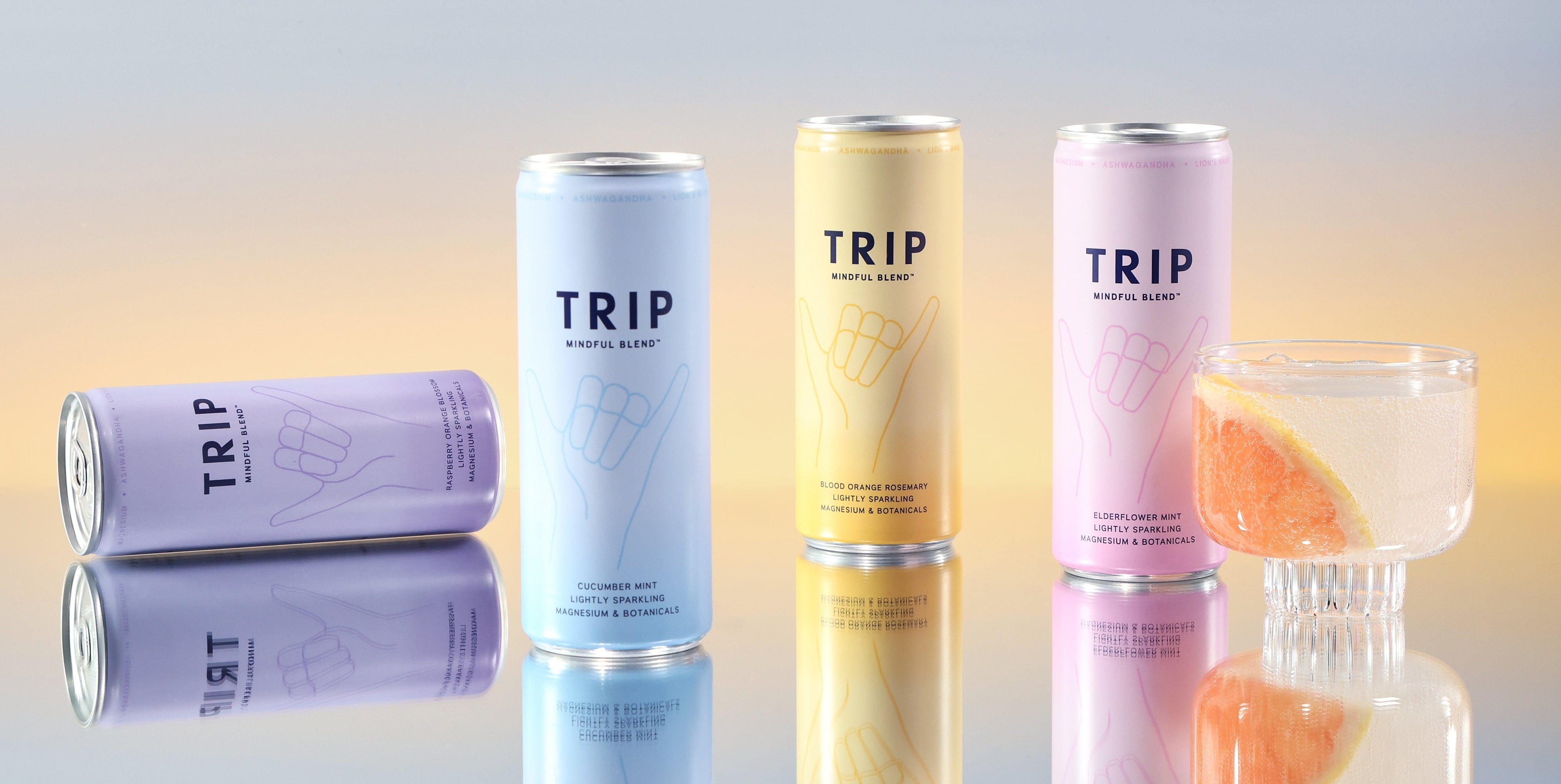Several supplement brands making unauthorized health claims, particularly those related to weight management and GLP-1 agonists, have come under fire recently as a result of the ASA’s new AI powered monitoring.
‘Faux-Zempic’ marketing
The latest weight management focused ruling targeted US-based supplements brand Arrae Ltd.
The agency took issue with two Facebook ads which stated: “Meet MB-1 by Arrae, your all-natural Faux-Zempic!”
The investigation concluded the company “must not state, or imply, that a food supplement was equivalent to or had similar effects to prescription-only medicines used for weight loss, such as Ozempic.”
The ASA has ruled against a number of ads (Arrae Inc, Evolution Slimming Ltd, Myota GmbH, Ovira Australia, The Clean Supps LLC) for food supplements that state or imply that the advertised product has the same effect as those associated with prescription-only medicines used for weight loss.
The agency states on its website: “The ads breached the code because, by comparing them to GLP-1 injections, the ads implied similar effects and efficacy and thus were medicinal by presentation. Because medicinal by presentation and not authorised, they breached the code that prohibited claims that a food can prevent, treat or cure human disease.”
A risk of ‘warning fatigue’
Kristy Coleman, legal director at Ashfords LLP, warned the AI-driven wave of rulings is a double-edged sword in terms of its impact on compliance.
With more rulings being published on the site, hitting more brands than ever before, she argued there is a risk of ‘warning fatigue’.
“When a sector sees dozens of similar upheld complaints in short order, the shock factor of a public naming can indeed diminish, especially if businesses perceive that ‘everyone is getting one’ and no one is singled out for tougher treatment, which is available but hasn’t been tested publicly.”
The ASA’s sanctions are reputational rather than financial, as the agency cannot remove ads themselves or issue fines, she noted. This means the business impact largely depends on how much the company values its credibility in front of customers, retailers, or investors.
Therefore larger players tend to take ASA rulings very seriously while smaller players might feel they have less to lose.
“Typically, smaller or more opportunistic brands often online-only, direct-to-consumer, and sometimes operating from overseas, do appear to treat ASA rulings as a cost of doing business.
“They might change wording in the short term, but without sustained oversight, the same type of claim can quickly reappear in fresh creative due to the lack of ‘meaningful’ sanction.”
The AI paper trail
That said, the increase in rulings creates a rich public record of non-compliance that can follow a brand for years, influencing retail, investment, and regulatory decisions, Coleman noted, as ASA rulings remain online indefinitely and are indexed by search engines.
“More rulings can dull the ‘headline shame’, but they also increase the paper trail of non-compliance and that trail can have longer-term consequences,” she asserted.
“Even if industry becomes desensitized, a due diligence check by a retailer, investor, or regulator can still unearth a ruling from years ago, which can be a deal-breaker for partnerships.”
What’s more, AI monitoring increases the speed with which a brand can rack up multiple adverse rulings. Repeat breaches can escalate to referral to Trading Standards or the Competition and Markets Authority (CMA), which have statutory enforcement powers and the CMA has the power to impose fines and other sanctions on brands.
“The reputational harm can be indirect and delayed, but for growth-minded businesses, it’s a genuine commercial consideration,” Coleman asserted.
Caught-out brands in the news
Myota was called out by the ASA for an ad that stated its Metabolic Booster supplement was “like GLP-1 drugs just natural”.
Viridian faced an ASA investigation into its ‘no junk’ ads, with the agency concluding they were misleading and unfairly discredited competitors.
SaffPro was called out, alongside an ADHD influencer, for a series of TikTok and Facebook posts that promoted its product as a natural alternative to prescription medication for attention deficit hyperactivity disorder (ADHD).
Trip was called out for its magneium drink advert, in which it suggested the product could help reduce stress.
ASA powers
All rulings reached by the agency are published on its website and the offending businesses are instructed to withdraw or amend the ads.
The ASA states on its website: “The vast majority of advertisers stick to the ASA’s rulings and they act quickly to amend or withdraw an ad that breaks the Codes.
“We have a range of sanctions to act against the small number of advertisers who are either unwilling or unable to work within the rules and to ensure they are brought into line.”
The sanctions include: Adding their name and details of the problem with their advertising to adedicated section of the ASA website until they comply; asking search engines to remove paid-search ads linked to offending content; placing paid-search ads to highlight the advertiser’s non-compliance; and asking social media companies to remove non-compliant content.





